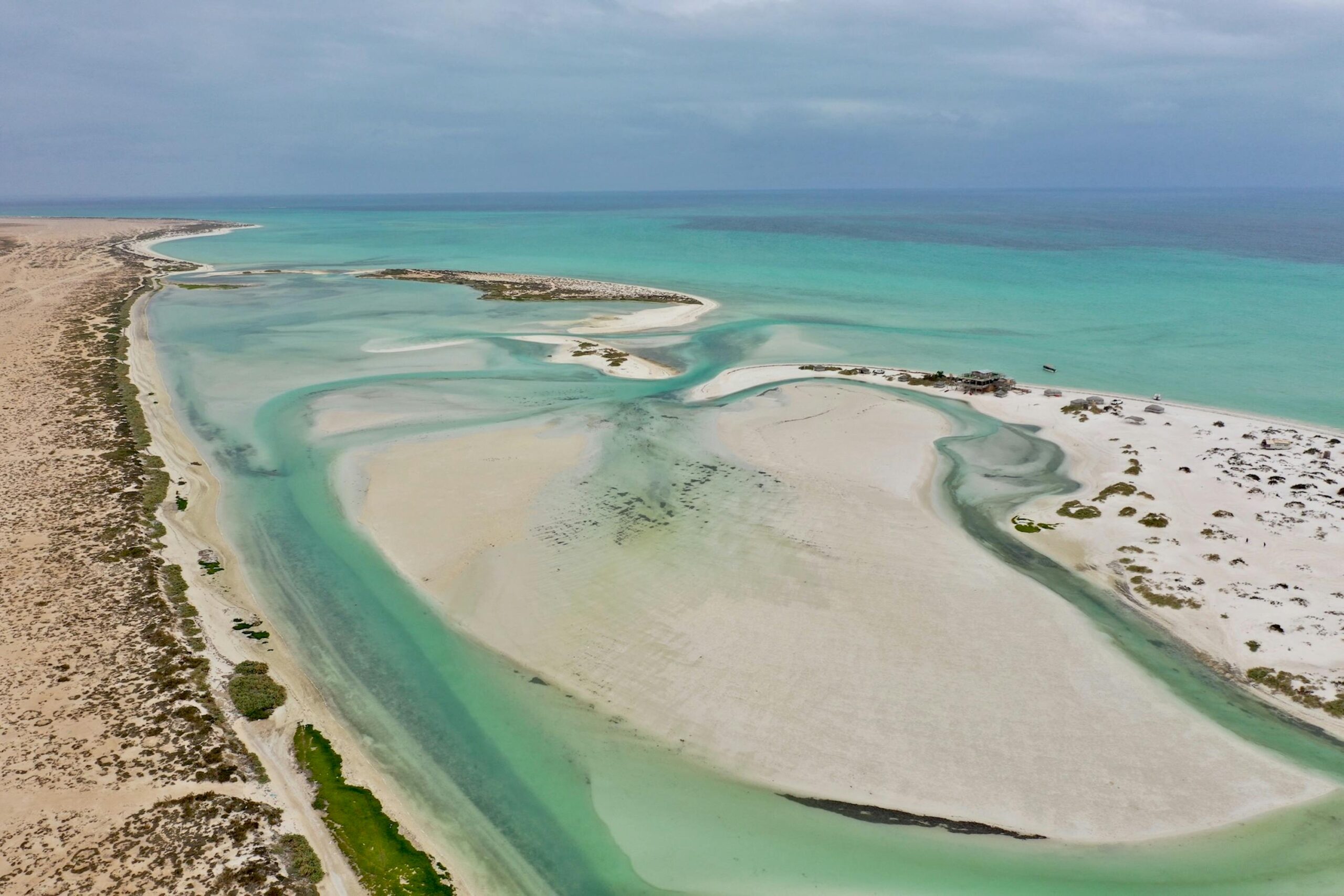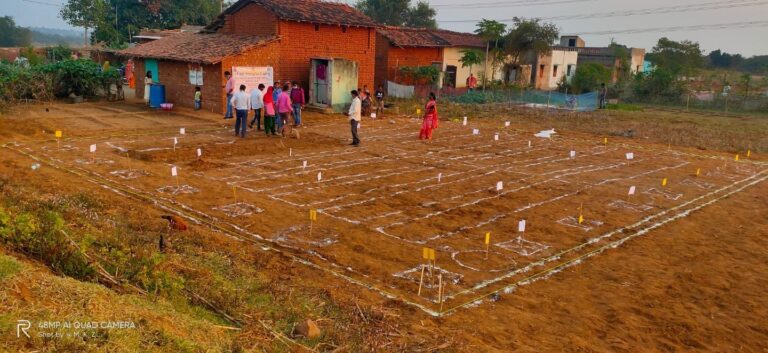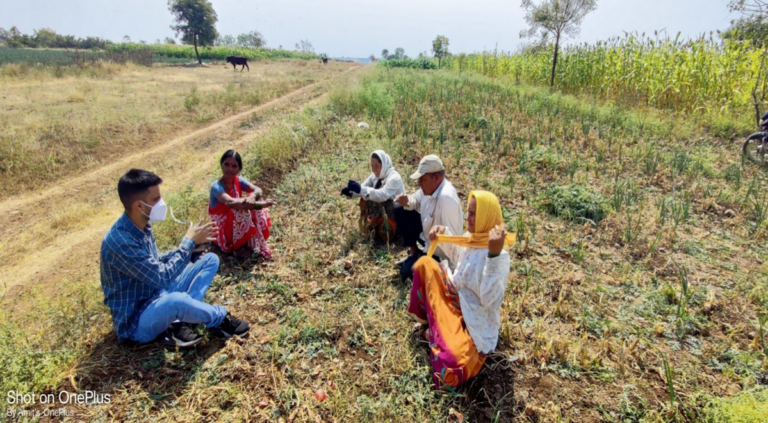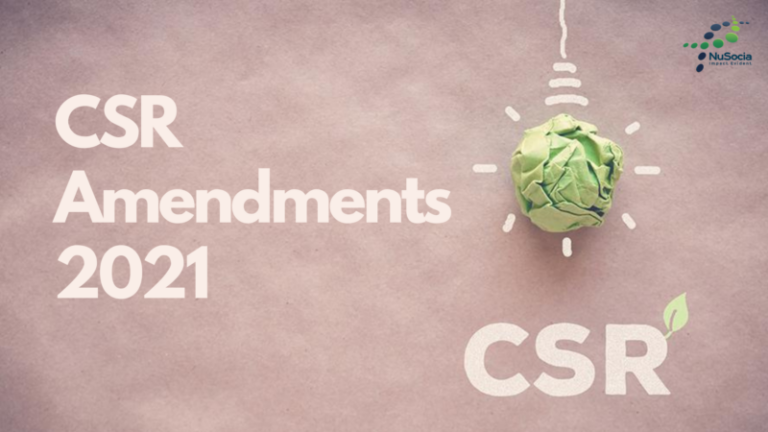A Case Study from the Gulf of Oman
The biodiversity of marine life in the Gulf of Oman, and indeed the broader Indian Ocean region, profoundly impacts the public health of Oman and its neighboring countries. As highlighted by the case study, the health of our oceans directly correlates with the well-being of our citizens through various pathways, including food security, the safety of seafood, mental health within coastal communities, and the broader economic stability that underpins public health infrastructure. This interconnectedness underscores a critical need to not only prioritize its own marine health but also to engage in robust soft diplomacy, fostering regional collaboration to ensure the vitality of shared marine ecosystems.
The Ripple Effect: How Marine Health in the Gulf of Oman Impacts India and its Neighbors
The Gulf of Oman, a vital conduit connecting the Arabian Sea to the Persian Gulf, is a vibrant ecosystem supporting diverse marine life and coastal communities. However, this critical region is experiencing significant shifts due to climate change, pollution, and development. These environmental changes in the Gulf of Oman are not isolated; they create a ripple effect that directly impacts the public health and socio-economic stability of India and its neighboring regions.
Food Security and Safety: For neighboring countries, with extensive coastlines and a significant population relying on seafood for sustenance and livelihood, the health of marine life in adjacent waters is paramount. The article highlights how industrial and agricultural runoff in the Gulf of Oman introduces pollutants like heavy metals and pesticide residues into the marine food chain. These contaminants, particularly in shellfish, can exceed international safety standards. When seafood from these affected waters is consumed it poses a direct risk of foodborne illnesses, shellfish toxicity, and other health complications. A decline in fish stocks due to pollution or climate change also directly threatens food security, increasing prices and potentially leading to malnutrition in vulnerable communities. The recurring harmful algal blooms (HABs) in the Gulf of Oman, as seen in 2008-2009 and July 2023, demonstrate how these events can not only decimate fish populations but also contaminate seafood, rendering it unsafe for consumption across the region.
Mental Health and Livelihood Disruption: Beyond direct physiological impacts, the changing marine environment takes a toll on the mental well-being of coastal communities. Fishing communities, deeply intertwined with the ocean for their livelihoods, face immense psychosocial stress, anxiety, and depression when fish stocks decline, fishing patterns are disrupted, and environmental degradation threatens their way of life. This disruption in the Gulf of Oman translates to potential economic instability and migration pressures and shared waters mean shared challenges for fishing communities across borders. The decline in marine biodiversity can lead to reduced employment opportunities and increased food prices, indirectly affecting public health by limiting access to healthcare and reducing overall quality of life.
Cross-Border Imperative and Soft Diplomacy: The fundamental takeaway is that oceans do not respect political boundaries. What transpires in the Gulf of Oman—be it pollution, algal blooms, or warming waters—will inevitably influence the marine ecosystems of the Arabian Sea and subsequently the coastal regions of India, Pakistan, Iran, and other neighboring states. This shared vulnerability necessitates a collaborative and diplomatic approach. India, as a major regional player, has a significant role to play in fostering trans-boundary initiatives. By actively engaging in marine research, sharing data on ocean health, and collaborating on sustainable fishing practices and pollution control with its neighbors, India can not only safeguard its own public health but also strengthen regional ties and promote soft diplomacy. Addressing these shared challenges together builds trust and demonstrates a commitment to collective well-being.
Tools for Firms to Focus on Marine Life Health
Firms, whether in aquaculture, fishing, shipping, or technology, have a crucial role to play in promoting marine life health. Leveraging technology is key to achieving this. Here are specific tools they can employ:
1. Real-Time Marine Health Monitoring & Data Analytics:
- Satellite Imagery & Remote Sensing: Firms can utilize satellite data to monitor ocean temperature, chlorophyll levels (indicating algal blooms), ocean color (for turbidity and pollution), and even track vessel movements to identify illegal fishing or pollution hotspots.
- AI-Driven Marine Data Platforms: These platforms integrate various data sources (satellite, sensor, historical) and use artificial intelligence to predict environmental shifts, identify potential hazards like HABs or hypoxic zones, and inform sustainable operational decisions. Examples include platforms that provide predictive analytics for fish migration patterns or disease outbreaks in aquaculture.
- Underwater Drones & Autonomous Underwater Vehicles (AUVs): Equipping these with sensors (e.g., for pH, oxygen, pollutants, eDNA) allows for high-resolution mapping and monitoring of specific marine habitats, assessing coral reef health, or detecting localized pollution events.
- IoT Sensors & Buoys: Deploying networks of interconnected sensors and buoys can provide continuous, real-time data on water quality parameters, currents, and even acoustic monitoring for marine mammal populations.
2. Sustainable Aquaculture and Fishing Technologies:
- Closed-Containment Aquaculture Systems: Firms can invest in land-based or offshore closed-containment aquaculture systems that minimize effluent discharge, prevent disease transmission to wild populations, and reduce reliance on wild-caught feed.
- Precision Aquaculture: Utilizing AI, sensors, and automation to optimize feeding, water quality, and environmental control in aquaculture operations, reducing waste and improving efficiency.
- Bycatch Reduction Devices (BRDs) & Smart Fishing Gear: Developing and implementing fishing gear designed to reduce the capture of non-target species, minimizing ecosystem disruption. Examples include Turtle Excluder Devices (TEDs) and modified nets.
- Traceability Technologies (Blockchain): Implementing blockchain-based systems to track seafood from catch to consumer ensures transparency, combats illegal fishing, and verifies sustainable sourcing.
3. Pollution Prevention and Remediation Technologies:
- Advanced Wastewater Treatment: Industries located near coastal areas should invest in state-of-the-art wastewater treatment facilities to remove pollutants before discharge into marine environments.
- Plastic Waste Management & Recycling Technologies: Firms involved in manufacturing or packaging can invest in innovative materials and robust recycling infrastructure to prevent plastic leakage into the ocean. This includes exploring biodegradable alternatives.
- Oil Spill Response Technologies: Developing and deploying advanced technologies for oil spill detection, containment (e.g., smart booms), and remediation (e.g., bioremediation agents).
- Bio-remediation and Nature-Based Solutions: Firms can invest in research and implementation of solutions like using specific microbes to break down pollutants, or funding mangrove and coral reef restoration projects which act as natural filters and buffers.
4. Data Sharing and Collaboration Platforms:
- Open-Source Data Platforms: Contributing to and utilizing open-source platforms for sharing marine environmental data can foster greater collaboration among researchers, governments, and other firms, leading to more comprehensive insights and informed decision-making.
- Industry Consortia for Sustainable Practices: Forming alliances and consortia within industries (e.g., shipping, fishing) to develop and adhere to common sustainability standards and share best practices.
By embracing these tools and technologies, firms can move beyond mere compliance to actively contribute to the health of marine life, safeguarding public health and fostering a sustainable blue economy in India and its neighboring regions. This proactive approach is not just an environmental imperative but a crucial aspect of responsible business and effective soft diplomacy.
Sources
https://www.iugs-young-reporters.com/post/gulf-of-oman-hypoxic-crisis?utm_source=chatgpt.com
https://pubmed.ncbi.nlm.nih.gov/23775003




